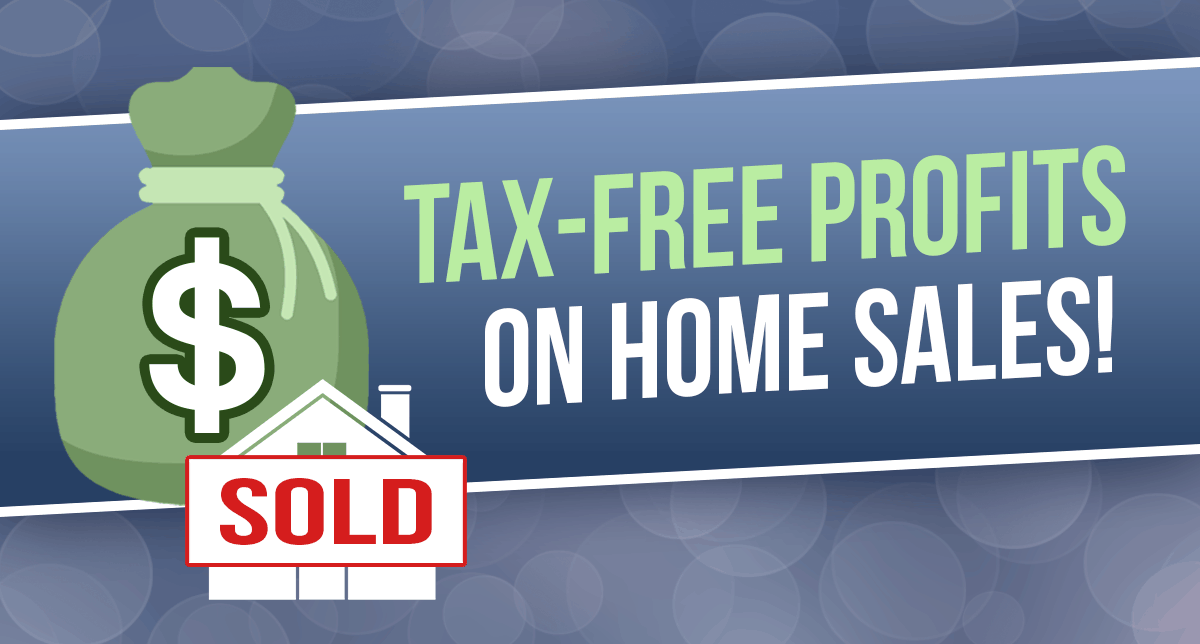Nobody likes to miss out on tax-free money, but plenty of homeowners are unaware that they could be eligible for up to $500,000 in tax-free profits when selling their home. Even though Congress instituted the largest tax law changes since 1986 with the “Tax Cuts and Jobs Act” on December 22, 2017, we still have one of the best tax saving provisions available for exclusion of primary residence gains. Read on to learn more information about these provisions, courtesy of CPA Scott W. Taylor…
Under the home-sale exclusion rule, you may be able to exclude a portion, or possibly all, of the gain realized from the sale of your home if your home met the principal residence rules. During the five-year period ending on the date of the sale you must have owned and used the property as your principal residence for a period aggregating two or more years. You need not have lived there continuously to qualify. You may use the exclusion provided the eligibility requirements are met, but generally no more frequently than once every two years.
The amount of the exclusion is generally limited to $250,000 for single individuals and married individuals filing separately. The exclusion is increased to $500,000 in the case of married couples filing a joint return, where…
- At least one spouse meets the ownership requirement.
- Both spouses meet the use requirement.
- Neither spouse is ineligible for the benefits because he or she excluded gain on the sale or exchange of a home under the new provision within the past two years.
The $500,000 exclusion amount also applies to a sale by a surviving spouse within two years of the death of the deceased spouse (provided the ownership and use requirements are otherwise met). If a taxpayer marries someone who is ineligible, the taxpayer generally remains eligible for a maximum exclusion of $250,000.
If you fail to meet the ownership and use requirements due to a change in place of employment, health, or other unforeseen circumstances, you may exclude a fraction of the $250,000/$500,000 amount.
Special rules apply in determining ownership and use if you are receiving out-of-residence care, inheriting property from a spouse, transferring property pursuant to a divorce, or disposing of property where the rollover rules applied.
The exclusion rule also generally applies to the sale of a remainder interest in a principal residence, if all the other requirements are met. Thus, you may retain a life estate in your home while selling the remainder interest.
The exclusion rule requires gain recognition to the extent of any depreciation taken after May 6, 1997, for the rental or business use of your home.
If you have a gain in excess of $250,000 ($500,000 if married and filing jointly) when you sell your home, you will now be liable for income tax on the excess gain in the year of sale. No deduction is allowed if your home is sold at a loss.
You should meet with your CPA to discuss the application of these provisions to your particular situation.





